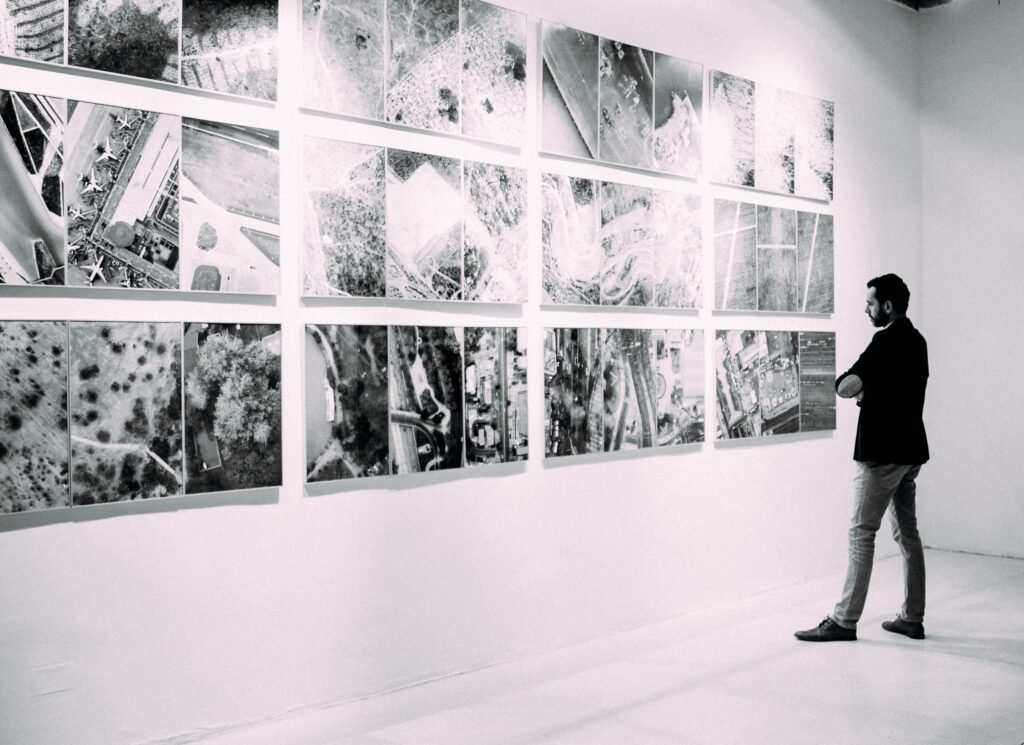
No doubt you’ve heard about the NFT craze that’s taken over the internet in the past couple of years. The latest advancement in technology has had a lot of tongues wagging, and yet a lot of the chatter is questions. The concept seems to confuse a lot of people and the benefits seem to get lost in the discussion. We’re here to break it all down.
One of the reasons the cryptocurrency market has been bolstered in recent years is through NFTs – the Algorand price has essentially been kept sustainable by the vibrant NFT marketplaces and secondary trading market. We can explain the real NFT meaning and lots of other crypto facts and strategies to understand the ins and outs of the crypto world so that you can own originals of your favourite digital art and the art economy can stabilize and perhaps even equal out. Read on to find out everything you need to know about NFTs and their effect on digital art.
What is digital art?
Digital art refers to artistic works that are created using digital technology and it goes back further than you’d think. Further than Bored Apes or even Tumbler or Microsoft Paint. Digital art emerged in the 1950s and became more popular with the advent of computers and graphics software. Pioneers in the field like Andy Warhol, Lillian Schwartz, and Manfred Mohr. Warhol in particular experimented with computer-generated art in the 1950, creating drawings on an Electrographic CAT machine at the Institute of Design in Chicago. Even his famous paintings like Marilyn Diptych and the Campbell’s Soup Cans were made using screen printing.
Digital art can take many forms including digital painting, pixel art, computer-generated art, fractal art, 3D modelling, and digital animation. Digital painting is typically performed on a tablet as a canvas, with a stylus as a paintbrush, using software like Photoshop and Procreate to create different effects. Pixel art harkens back to old 8-bit video games and sees you create an image out of solid blocks of the same size. For example, the reason Mario has a moustache is to distinguish his face in 8-bit. 3D modelling is done with systems like Maya, Blender and ZBrush that help you create models in software. Digital animation makes up a big chunk of modern TV and film animation and is created with 2D, 3D, motion graphics and generative animation software.
Excellent examples to mention include Beeple, Daniel Ambrosi, Rosa Menkman, Petra Cortright, Casey Reas, Refik Anadol, and Memo Akten. However, in saying that, these examples distinctly incorporate a digital effect into their art. A lot of influencer artists who are using a tablet and stylus are also considered digital artists, so if your art was created with a computer, you’re one of many.
What are the benefits of digital art?
There are a lot of benefits to making digital art. The main one is how innovative it can be. You can easily unto mistakes, you have a wide choice of brushes and tools to gain different effects, and you can even make new brushes yourself for more innovation. Additionally, it’s a lot easier to distribute digital art, since it’s already online.
Additionally, digital art has allowed the classism in the art industry to level down a bit and made the creation of ‘art’ more accessible to the masses. This is due to a number of factors such as a lower barrier to creation, since all the tools are more affordable, the knowledge and lessons are more accessible and generally self-taught, and the ability to easily distribute art has made less reliance on galleries and institutions to share artwork.
Where do NFTs come into it?
However, that more open industry has disrupted the idea of art being exclusive. Is there any point in owning Warhol’s Campbell Soup Cans painting if you have already seen it everywhere? It’s on the Instagram or Pinterest account you follow, it’s featured on the website of the Museum of Modern Art in New York, and it’s referenced in TV and movies?
NFTs create an idea of scarcity. If an artist is primarily on social media, they can share their painting which can then be screenshotted and stolen. NFT attached to the original gives the image an exclusivity in a medium where infinite copying is possible. NFT marketplaces like OpenSea have created new avenues for digital artists to sell their work directly to collectors and investors. They also provide proof of purchase with the blockchain-enabled ledger of NFTs. This gives buyers permanent proof of ownership that is lacking in most digital art realms.
How do you display digital art?
So, if the art is digital, surely the only space you can share it on is digital too? There is nowhere in the real world to display it? Well, yes and no.
Digital art can be displayed on screens, projectors, and digital photo frames. Touch displays allow people to interact with the artwork. You can create an interactive experience in your establishment or home, and unlike traditional art, switch it out depending on your mood or style.
And there is the traditional way. As the owner of the digital art, you can print it as you please. Prints enable digital art to be framed and hung like traditional artworks.
There are also spaces online to share digital art. Online art communities like DeviantArt offer places to share and appreciate digital art. Sites like Etsy allow digital artists to sell printable files, canvases, and physical products. And, like most things, the hub of discussing and sharing art is also on Reddit, however the code of conduct is different. The idea is to discuss art more fully and openly rather than market your own, but people get around that with clever captions.



